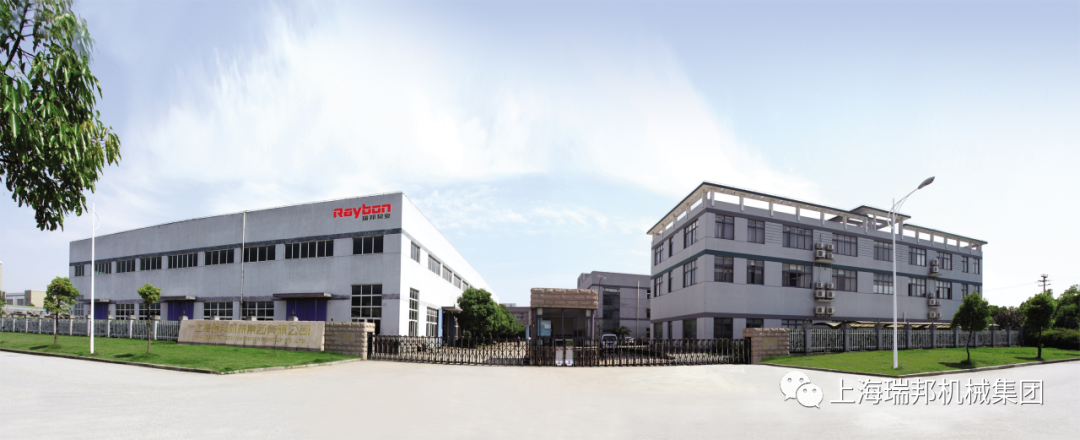Daily Maintenance and Care of Water Pumps
Author:
Date: 2025.03.13
Daily Maintenance and Care for Water Pumps
Precautions:
- Keep the equipment clean, dry, free of oil stains, and leak-free.
- Check daily whether the centrifugal pump operates with normal sound, and if there are vibrations or leaks. Address any issues promptly.
- Inspect the oil level in the centrifugal pump suspension chamber daily, ensuring it remains between 1/3 and 2/3 of the oil gauge.
- Do not allow the centrifugal pump to operate in a dry-running state. Running dry causes severe vibration and reduces pump lifespan.
- Prevent metal objects, rubber, cotton fibers, plastic sheets, or other soft materials from entering the pump to avoid damage to flow components or impeller blockage.
- Regularly check the alignment of the claw coupling.
- For centrifugal pumps with packing seals, periodically check leakage at the stuffing box. The normal leakage rate should be 10–20 drops per minute; adjust the packing gland if necessary.
- Monitor bearing temperature regularly; it should not exceed 70°C–75°C.
- During the first month of operation, replace the lubricant in the suspension chamber after 100 hours. After that, replace it every 500 hours.
- Frequently inspect the pump's inlet and outlet piping system (pipes, valves) to ensure firm support and prevent stress on the pump body.
- Regularly check the foundation bolts of the centrifugal pump to ensure secure fastening.
- When the pump is unused for long periods, disassemble, apply anti-rust treatment, reassemble, and store properly.
- If a standby centrifugal pump is installed, rotate it by a quarter-turn weekly to evenly distribute static loads and external vibrations.
- Conduct periodic inspections after approximately 2,000 hours of operation, repairing or replacing worn components as necessary.
- For newly installed or repaired pumps, always confirm the motor's rotation direction before inserting the coupling pin.
- While the centrifugal pump may reverse briefly due to backflow when the motor is off, install a check valve in high-differential-pressure applications to prevent excessive reverse rotation.

Additional Safety Considerations:
- Piping systems must be highly sealed.
- Do not allow the pump to operate under cavitation conditions for extended periods.
- Do not exceed the motor's current rating during high-flow operation.
- Regularly inspect pump operation for abnormal motor current draw.
- Always have a dedicated operator monitor the pump during operation to prevent accidents.
- After every 500 hours of operation, lubricate the pump bearings. Motors above 11kW are equipped with an oiling device for direct injection via a high-pressure oil gun.
- Prolonged operation may lead to increased noise and vibration due to mechanical wear. Conduct periodic shutdowns for inspection, and replace worn parts and bearings as necessary. General overhaul is recommended annually.

Mechanical Seal Maintenance and Care
Guidelines:
- Lubrication of the mechanical seal should be clean and free of solid particles.
- Dry running of the mechanical seal is strictly prohibited.
- Before starting, manually rotate the pump (motor) a few times to prevent sudden starts from damaging the seal rings.
Maintenance Steps:
- Inspect the centrifugal pump’s piping and connections for looseness. Manually rotate the pump to check for smooth movement.
- Add bearing lubricant to the housing, ensuring the oil level aligns with the center of the oil gauge. Replace or refill lubricant as needed.
- Remove the priming plug and fill the pump with water (or slurry) before operation.
- Ensure the discharge valve, outlet pressure gauge, and inlet vacuum gauge are closed.
- Momentarily start the motor to verify the correct rotational direction.
- Start the pump, and once it reaches normal operation, open the pressure gauges and vacuum gauge to confirm appropriate readings. Gradually open the discharge valve while monitoring motor load.
- Maintain flow rate and head within the specifications on the nameplate to achieve optimal efficiency and energy savings.
- During operation, bearing temperature should not exceed the ambient temperature by more than 35°C, with a maximum limit of 80°C.
- If abnormal noises occur, stop the pump immediately for inspection.
- To shut down the pump, first close the discharge valve and pressure gauge before stopping the motor.
- After 100 hours of operation in the first month, replace the lubricant. Thereafter, change the oil every 500 hours.
- Adjust the packing gland regularly to ensure proper drip leakage (should form distinct droplets).
- Periodically inspect the shaft sleeve for wear and replace it if necessary.
- In winter, drain all liquid from the pump casing after shutdown to prevent freezing damage.
- For long-term storage, fully disassemble the pump, dry all components, apply grease to moving parts and joints, reassemble, and store properly.

